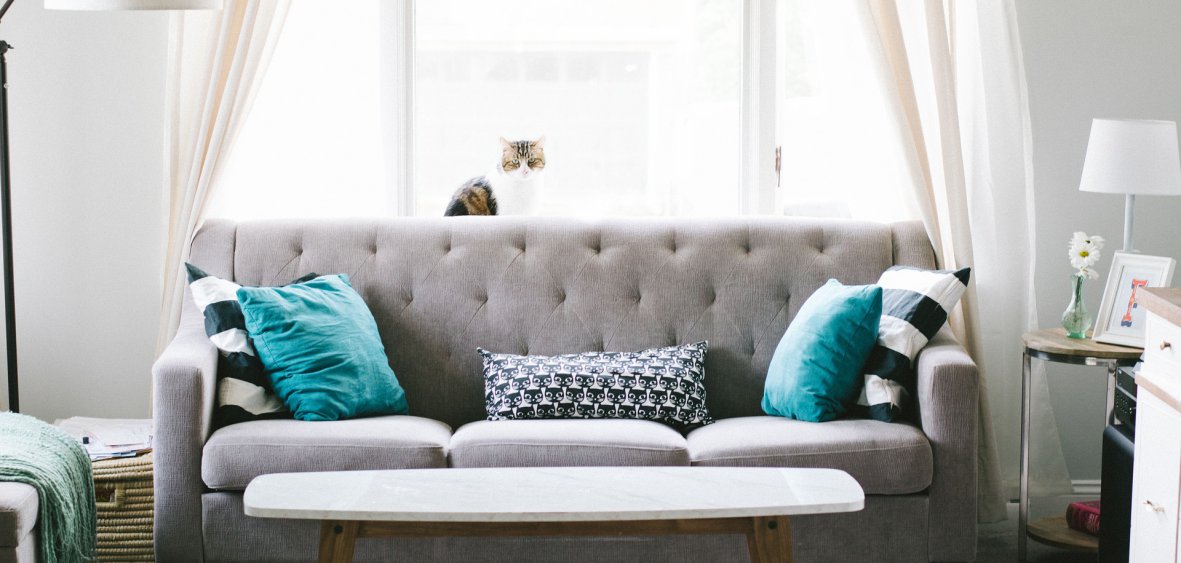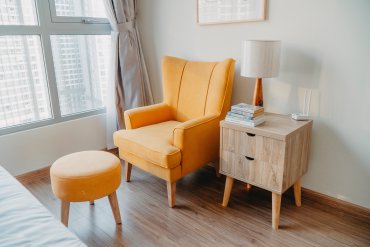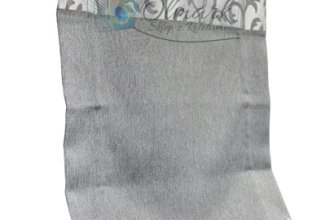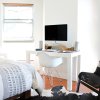Hygge is a Danish way to be happy. Enjoy small everyday things, such as being at home with family or friends. Like many other Scandinavian philosophies, this one is also based on minimalism and stands in opposition to omnipresent consumerism. It is above all satisfaction with what is there, what is there, what is around us and what is around us. That's why it quickly became popular, especially in the UK. Hygge is a lifestyle. So how do you arrange your living room to be as hygge-compatible as possible?
Use what you've got
Contrary to appearances, hygge is not just another way to completely redesign your living room, which would cost a lot of money. Here the devil is in the detail. The whole point is to make it cosy. The simplest way to create cosiness is to use numerous additions. Almost everyone of us has at home cushions, blankets, candles... And if not, you can easily and cheaply buy them, especially in big cities. These decorative elements fill the void perfectly and create a "grandmother-like" atmosphere. Their presence also helps you to relax after you leave work, especially in winter when it is dark and unpleasant outside the window. You can then light candles, stretch out on the sofa under a blanket and read a book with hot tea in a cup... Many of us are already doing it! Hygge, on the other hand, allows us to see more in this activity: happiness, gratitude, peace and security.
Organize the space
In the Danish approach to life there is no room for unnecessary things and mess. It's a minimalism that aims to make a man happy. Good organization of space is also important - it should be cosy, but not problematic. Things shouldn't take up too much of our space. Everyone should be able to move freely around the living room. Example: if one armchair is enough, there is no need to buy another one "as a set". Everything that we do not need for rest, that we do not use, that we do not enjoy, that does not give us pleasure, is inadvisable. For this purpose, light colours in the living room are most often recommended. Bright colours of walls and furniture are supposed to compensate for the Danish lack of light in autumn and winter, and it also harmonizes better with light. That is why the rooms are white, grey, beige... Pastel colours are unobtrusive and allow you to focus on what is important. That is, to rest alone or in the company of your loved ones.
Look in the attic and in the basement.
So where you can find all the legacy of the ancestors: memorable porcelain, where you can serve meals; photos; vases, armchairs... Things that have their own history and "soul", which makes their presence give the rooms not only a familiar character, but also helps us to enjoy what we have. Eclecticism is very desirable here - it is not the style and epoch that is important, but the origin and history. These little things significantly improve the mood - they remind us of our relationships with family and other people. If you do not have such trinkets in your collection, it is worth going to the flea market, where you can buy furniture or trinkets for a penny. It's important that they have a story of their own.
Learn... to enjoy...
Poles are a complaining nation - such a patch was not given to us by chance. However, in order to fully feel the philosophy of hygge, it is necessary to learn to enjoy the little things. Put aside your ambitions and dreams for a moment, and appreciate the warm blanket, the sense of security, the presence of loved ones. That's why we don't think of worries and troubles - we take a break from them and take care of what's pleasant. Making activities seem less important is a way to appreciate them and rest from stressful work, ubiquitous consumerism or even dissatisfaction with oneself: appearance, lack of skills or behaviour.
Also check
- April 13, 2019
The sofa is the most important piece of furniture in the living room. It affects both the appearance of the whole room and the comfort of the household members. In addition...
Read more- April 7, 2019
For many of us, the armchair is a must for the living room. It's associated with rest. In it you can read much better, watch TV, movies, relax with music. What are the...
Read more



















